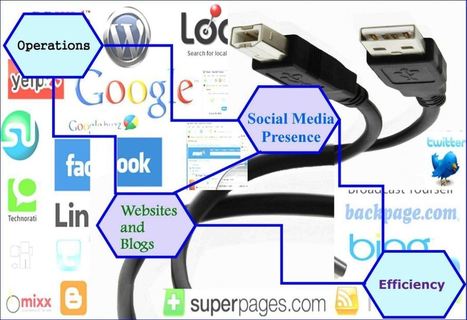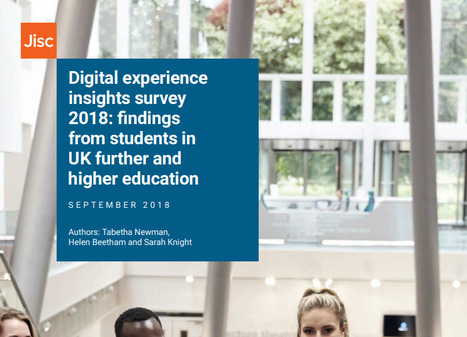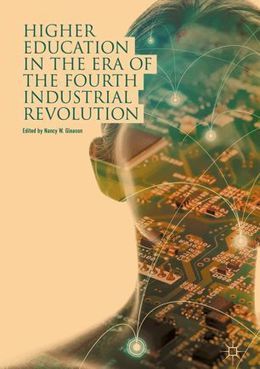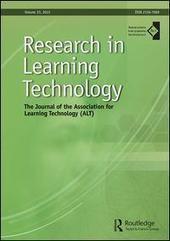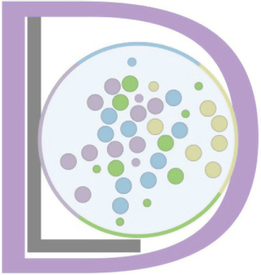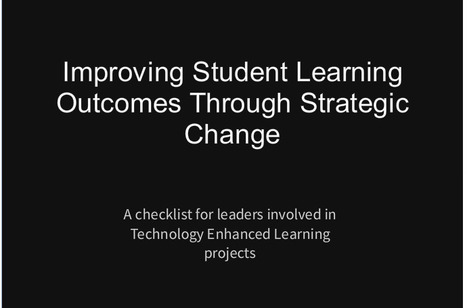Library hub discover, library hub compare, and library hub cataloguing will make it easier for UK higher education libraries and researchers to access, discover and manage academic collections.
Get Started for FREE
Sign up with Facebook Sign up with X
I don't have a Facebook or a X account

 Your new post is loading... Your new post is loading...
 Your new post is loading... Your new post is loading...
Current selected tag: 'HEI'. Clear
The university sector in the United Kingdom is hugely diverse and that diversity is increasing rapidly. It is not just that devolution to Wales, Scotland and Northern Ireland has encouraged regional diversity but that institutional missions, modes of operation and methods of governance are so different.
By Simon Launder, Deputy Chief Innovation Officer and Ian Dunn, Provost (Coventry University, UK)
King's has set out a compelling vision to ‘make the world a better place’ in its strategy for 2029. The strategic drivers that will enable its delivery mean that Library Services must position itself as a provider of access to world-class resources and learning spaces in order to support research and teaching.
Universities are in the middle of a transformation that is challenging the status quo and is forcing higher-ed leaders to embrace change if they wish to remain relevant. Four broad drivers are behind this disruption, said James Phelps, director of enterprise architecture and strategy at the University of Washington and winner of the 2018 EDUCAUSE Community Leadership Award, during EDUCAUSE 2018.
Our campus communities -- students, faculty, staff, alumni -- deal with information overload across many platforms and apps. Isn't it time we brought campus communication and learning into one high-tech ecosystem?
If a university doesn’t have enough bandwidth, plugs or charging stations, or doesn’t have enough staff who are using technology, you can’t wake up and suddenly fix all that when the alpha generation arrives. You have to plan and think through what the next generation will look like. Via Nik Peachey
From
wonkhe
At its new Waterside Campus the University of Northampton is doing away with lecture theatres in favour of more flexible ‘teaching spaces’.
Universities must embrace digital learning or face losing out to competitors, according to the head of the UK’s massive open online course platform.
Providing adequate financial support plays only a small part in helping disadvantaged students to successfully complete an undergraduate degree, writes Devorah Lieberman.
From
ltcaezar
Making your institutions' online presence felt. The benefits of integrating it in the daily institutions' cycles to increase engagement and content sharing. |
Higher education institutions can close the achievement gap among their students through data-driven communication and planning. Higher education advisors are finding new ways to use data analytics to communicate, strategize and execute graduation plans for traditionally underserved students.
At Georgia State University, modern data collection tools give college counselors crucial academic and financial information, allowing them to make more informed suggestions to help their students succeed.
Key messages: Prepare students for digital learning
Authors: Tabetha Newman, Helen Beetham and Sarah Knight
Across the higher education sector, aspirations to internationalise the student body, transform approaches to education, increase student recruitment and generate revenue are all on the agenda.
Once, universities might have been able to do all of this on their own. But it looks less likely as we move towards a digitally integrated future. Evidence-based pedagogical approaches for online education mean that very high quality engaged learning is now available at scale. But making the right choices of technologies and deploying them effectively requires effective partnerships and collaborations with providers.
The ninth UCISA Survey of Technology Enhanced Learning (TEL) for higher education Report has been published. The Report offers a longitudinal perspective of TEL developments across the UK higher education sector, focusing on the current provision within universities and other higher education providers and the emerging and planned patterns of learning technology usage. This year’s Report draws on data going back to 2001 in its longitudinal analysis of TEL trends. In this blog post, we will explore some of the key findings from this year’s Survey, updating the picture that was reported on in 2016 (see corresponding blog post).
In this chapter included in the book Higher Education in the Era of the Fourth Industrial Revolution, Dempsey and Malpas consider the future of the academic library in the context of a diversifying higher education system. The academic library is not fixed. It is changing as it adapts to the changing research and learning behaviors of its home institution, which are the principal drivers of the library service.
For colleges and universities to succeed today, treating nontraditional students as the norm is becoming quite important.
(2005). Flying not flapping: a strategic framework for e-learning and pedagogical innovation in higher education institutions. ALT-J: Vol. 13, No. 3, pp. 201-218. doi: 10.1080/09687760500376439 E-learning is in a rather extraordinary position. It was born as a ‘tool’ and now finds itself in the guise of a somewhat wobbly arrow of change. In practice, changing the way thousands of teachers teach, learners learn, innovation is promoted and sustainable change in traditional institutions is achieved across hundreds of different disciplines is a demanding endeavour that will not be achieved by learning technologies alone. It involves art, craft and science as well as technology. This paper attempts to show how it might be possible to capture and model complex strategic processes that will help move the potential of e-learning in universities to a new stage of development. It offers the example of a four-quadrant model created as a framework for an e-learning strategy. 2
Institutional engagement with digital literacies at the University of Brighton has been promoted through the creation of a Digital Literacies Framework (DLF) aimed at academic staff. The DLF consists of 38 literacies divided into four categories that align to the following key areas of academic work:
Online toolkit to support HE strategic change using digital technology
As educational data mining takes higher ed by storm, colleges and universities must decide how and when to put Big Data to use. Grades, credit hours, rates of participation, work schedules — student information piles up over the years, and colleges and universities continue to uncover new ways to turn all that data into actionable insights.
"This thesis explores the features of Second Life and OpenSim that affect the choice of academics who are planning to use a virtual world in order to meet the learning needs of their students. For the conduct of this study, what was taken into account is a preexisting framework which proposes the evaluation of virtual worlds against four dimensions: their contexts, the immersion encountered within each, their cost, and their persistence. " Via Dr. Susan Bainbridge |














